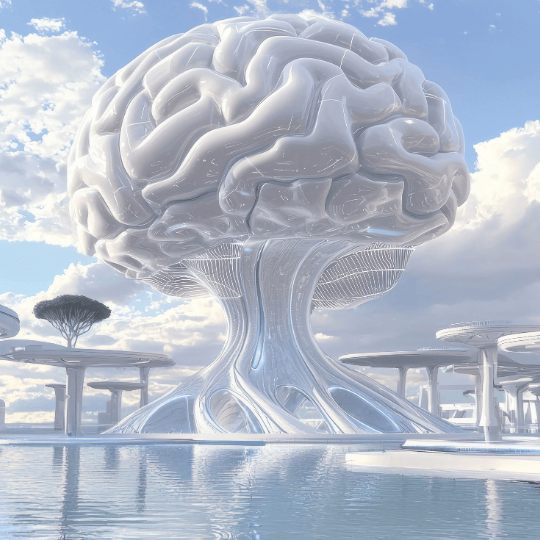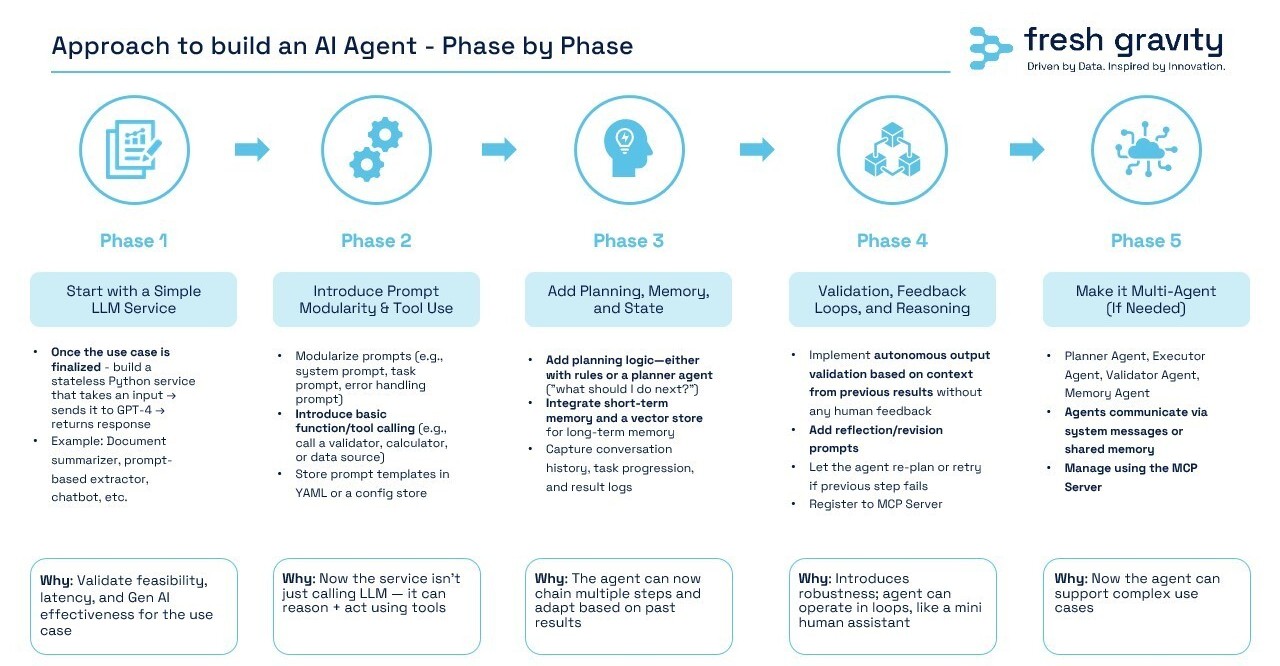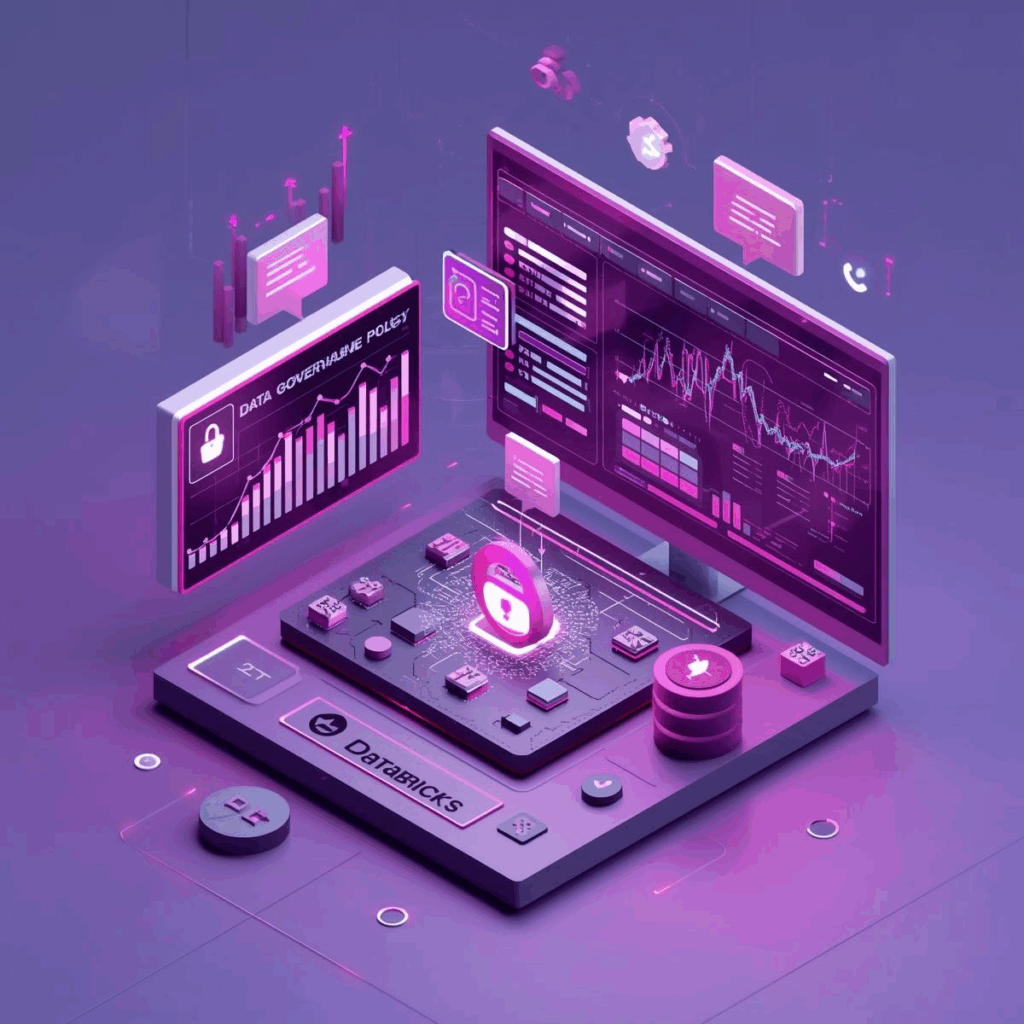Getting Started with Agentic Architecture
June 24th, 2025 WRITTEN BY FGadmin Tags: agentic AI, artificial intelligence, autonomous agents, large language model, modern AI, multi-agent architecture

Written By Soumen Chakraborty, Vice President, Artificial Intelligence
As large language models (LLMs) like GPT-4.x, Claude, and Gemini continue to evolve, the question shifts from “What can the model do?” to “How can we make it work as part of a system?” That’s where agentic architecture comes in — a design pattern that enables multiple intelligent agents to plan, reason, and act toward a goal, often using shared tools, memory, and context.
This is the 1st part of a blog series that will demystify agentic architecture, break down its core components, and set the foundation for building real-world applications using this powerful design. In this blog, we will cover the following topics under agentic AI: concepts, stages, and how to build it.
What Is Agentic Architecture?
Agentic architecture refers to a system design in which autonomous agents, powered by LLMs or other models, operate in coordination to solve complex tasks. Each agent is given:
- A role (e.g., researcher, summarizer, executor)
- A goal (defined by a user or system)
- Access to tools (e.g., search APIs, vector stores, databases)
- Memory and context (either persistent or task-specific)
Rather than a single monolithic LLM response, agentic systems operate more like a distributed AI workforce.
What are the Key Components of Agentic Architecture?
- Agents
Intelligent, task-driven entities that can reason, act, and communicate. Examples:- A document parser or extractor agent
- A data normalizer or standardizer agent
- A data quality validator agent
- A SQL or SPARQL query generator agent
- A summarizer or insight generator agent
- Model Context Protocol (MCP) Server (Control Plane)
Orchestrates agent workflows, manages state, routes tasks, and handles memory/context. - Memory Store
Shared memory or knowledge base (e.g., vector DB, Redis) that agents can read/write to. - Tool/Function Registry
A curated list of tools agents can use, such as APIs, databases, and external plugins. - Task Queue & Execution Engine
A flow engine that sequences agent calls and handles dependencies, retries, and fallbacks.
Why Agentic Architecture?
|
Traditional LLMs |
Agentic AI Systems |
|
One-shot response |
Multi-step reasoning & execution |
|
No memory |
Persistent, shared context |
|
Hard to scale |
Composable, modular agents |
| Black box |
Transparent workflows with logs |
Agentic design brings structure, modularity, and goal orientation to LLM-based workflows.
Analogy: The AI Startup Team
Imagine building a startup:
- The CEO agent sets the strategy (goal decomposition)
- The Research agent gathers information
- The Engineer agent builds features
- The QA agent tests the output
Each agent has a specific role but works toward a common goal, all of which are coordinated by a central platform, the MCP.
Example Use Case: Life Sciences Document Copilot
- User Input: “Summarize all supply chain issues related to active trials.”
- Agents Involved:
- Entity extractor
- KG query generator
- Summarizer
- Validator
- Outcome: A multi-agent pipeline retrieves, processes, and delivers a rich, context-aware answer.
How RAG, Tools, and Agents Work Together in Modern AI Systems
In agentic architectures, you’ll often hear about RAG (Retrieval-Augmented Generation), Tools, and Agents. While these may sound technical, each plays a unique role, and together, they power intelligent, context-aware, action-driven systems.
- RAG brings in the right context by grounding the AI in relevant, up-to-date information.
- Tools provide real-world capabilities, enabling the AI to take actions beyond just generating text.
- Agents are the orchestrators—they plan, reason, and act to achieve predefined goals by leveraging both RAG and tools.
In essence, RAG supplies the knowledge, tools enable the actions, and agents drive the intelligence that ties it all together.
Sample Workflow:
A Data Steward Agent receives a task to verify customer data inconsistencies.
- RAG: The agent uses RAG to retrieve past resolutions or policies from enterprise documents.
- Tools: It then calls a data validation tool or executes a transformation via an API.
- Agent Logic: Based on the outcome, the agent decides whether to escalate, auto-resolve, or ask for SME input.
Approach to build an AI Agent – Phase by Phase
This 5-phase framework outlines a structured path to evolve from simple LLM-based solutions to intelligent, multi-agent systems capable of autonomous task execution.
- Phase 1 – Basic LLM Service:
Start with a stateless GPT-based service to validate feasibility and GenAI performance. - Phase 2 – Prompt Modularity & Tool Use:
Modularize prompts and integrate external tools to enable reasoning beyond text. - Phase 3 – Add Planning, Memory & State:
Introduce planning logic, memory (short-term & vector), and task tracking for adaptive, multi-step workflows. - Phase 4 – Feedback Loops & Validation:
Implement autonomous validation and revision via feedback (automated + human-in-the-loop). - Phase 5 – Multi-Agent Architecture:
Deploy specialized agents (Planner, Executor, Validator) that collaborate through a shared orchestration layer.

What’s Next?
Agentic architecture isn’t just a research concept — it’s a powerful blueprint for building intelligent, explainable, and collaborative AI systems.
As a next step, you should know how the brain of this architecture works. In the upcoming blogs, we will explore how to build an MCP server using FastAPI, register agents, and run your first multi-agent flow. Stay tuned.
Fresh Gravity’s AI capability is fueled by our top-tier AI engineering team is ready to support your journey in building intelligent agents. Feel free to reach out if you’d like to explore these topics further or see a live demo in action.
.png)







